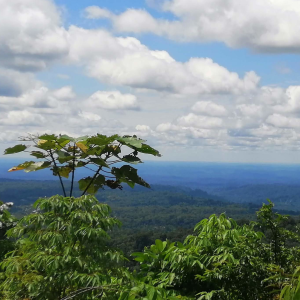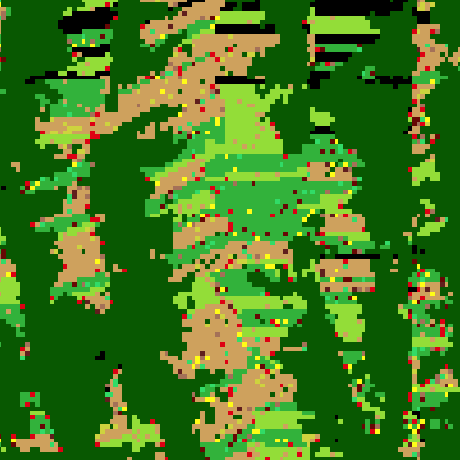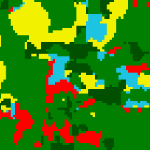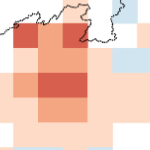Improving Business-as-Usual Scenarios in Land Change Modelling by Extending the Calibration Period and Integrating Demographic Data
Romain
Mejean, Martin
Paegelow, Mehdi
Saqalli
, and
1 more author
In Geospatial Technologies for Local and Regional Development , Juin 2020

Land use and land cover change (LUCC) models are increasingly being used to anticipate the future of territories, particularly through the prospective scenario method. In the case of so-called trend or Business-as-Usual (BAU) scenarios, the aim is to observe the current dynamics and to extend them into the future. However , as they are implemented as baseline simulation in most current software packages , BAU scenarios are calibrated from a training period built from only two dates. We argue that this limits the quantitative estimation of future change intensity, and we illustrate it from a simple model of deforestation in Northern Ecuadorian Amazon using the Land Change Modeler (LCM) software package. This paper proposes a contribution to improve BAU scenarios calibration by mainly two enhancements: taking into account a longer calibration period for estimating change quantities and the integration of thematic data in change probabilities matrices. We thus demonstrate the need to exceed the linear construction of BAU scenarios as well as the need to integrate thematic and particularly socio-demographic data into the estimation of future quantities of change. The spatial aspects of our quantitative adjustments are discussed and tend to show that improvements in the quantitative aspects should not be dissociated from an improvement in the spatial allocation of changes, which may lead to a decrease in the predictive accuracy of the simulations.
 Modélisations rétroprospectives des dynamiques de déforestation de l’Amazonie équatorienne : vers une hybridation des approches pattern et processUniversité Toulouse le Mirail - Toulouse II , Nov 2023
Modélisations rétroprospectives des dynamiques de déforestation de l’Amazonie équatorienne : vers une hybridation des approches pattern et processUniversité Toulouse le Mirail - Toulouse II , Nov 2023





